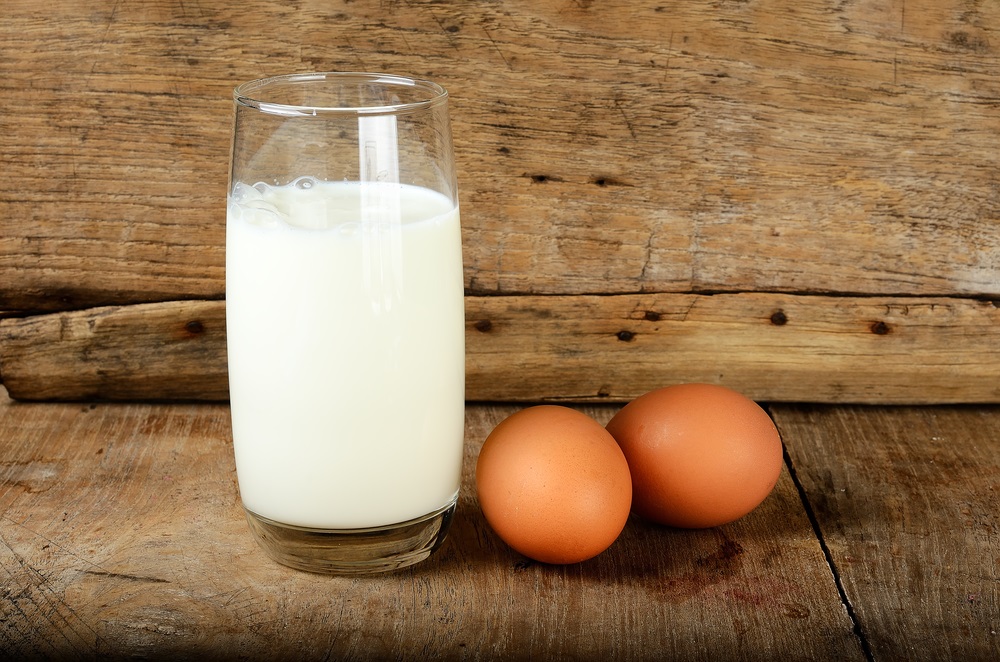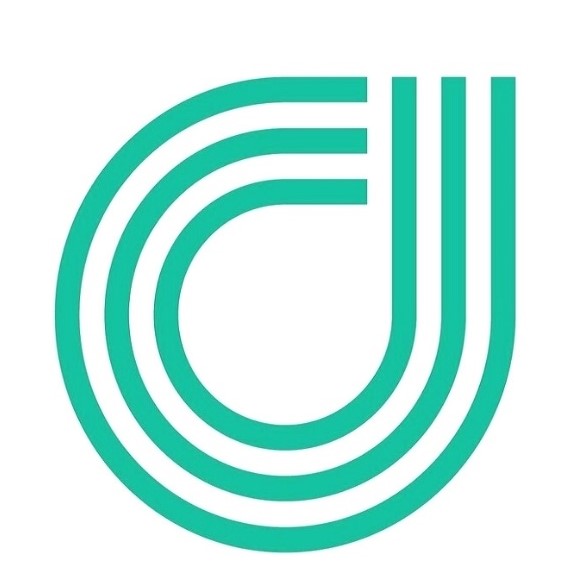- Home
- Blog
- Healthy Weight Loss
- Protein shakes for weight loss
Protein shakes for weight loss
Written by Catherine Saxelby on Wednesday, 09 November 2022.

These days, protein shakes aren’t bought by just body builders – they’re so popular that you can readily buy a 400 g tub at your local supermarket or service station. And with tempting claims such as ‘Facilitates muscle toning’, ‘Contains transformation-making protein’ and ‘Tastes incredible, mixes easily’, why wouldn’t you grab one? But protein shakes aren’t the magic answer to all your weight-loss woes. Let’s take a look at what you get for your money.
Guest post by dietitian Zoe Wilson APD
Why would you buy a protein shake?
From body builders to football players, many athletes use protein powders to help them build muscle mass. People who are trying to gain weight or who are on a liquid diet (think mouth surgery or a broken jaw) may need to take protein in liquid form, too. But these people are in the minority.
If you just want to feel full and beat the 3pm munchies, however, there are better, healthier and cheaper alternatives. And if you think it’s a weight-loss solution, think again! Protein shakes aren’t the solution to losing weight that many would have you believe.
What are protein shakes?
Most protein shakes consist of protein from soy or dairy (whey or casein) in powdered form, either with or without carbohydrates and other performance-enhancing ingredients such as carnitine, ‘fat metabolisers’, vitamins and minerals.
When you mix these powders with water or milk, they turn into a milkshake- or smoothie-type drink.
When you look at the ingredients list, however, it becomes clear that these shakes are NOT simply powdered protein. There is a host of other ingredients, including additives such as gums, thickeners, sweeteners, flavours and indigestible fibre, some of which can commonly cause symptoms such as bloating, wind, nausea and diarrhoea. You’ll be surprised at just how many ‘extras’ these powders contain.
For instance, a typical chocolate-flavoured powder contains these ingredients:
- Dairy whey protein concentrate
- Soy or dairy protein isolate
- Inulin [a sweetener made from chicory, which is classified as fibre]
- Glycine
- Cocoa powder
- Flavours
- L-Carnitine
- Stevia [a sweetener]
- Vitamins and mineral mix
- Emulsifier (soy lecithin)
- Vegetable gum (xanthan)
- Maltodextrin
- Choline
How do protein powders compare with an egg or glass of milk?
We compared the protein, kilojoules and cost of a typical protein shake, made using 45 g protein powder and 1 cup milk or water, to two eggs or a glass of skim milk.
|
|
2 eggs |
250 ml skim milk |
1 serve protein powder made with 250 ml skim milk |
1 serve protein powder made with 250 ml water |
|
Energy (kJ) |
580 |
370 |
1,000 |
600 |
|
Protein |
13 |
9 |
30 |
25 |
|
Cost per serve |
$0.90 |
$1.00 |
$4.10 |
$3.60 |
At 25–30 g protein per serve, the protein shakes had 1.5–3 times times more protein than the two eggs or skim milk.
Sounds good, right? But just wait a second before you buy a tub. The protein shakes were also higher in kilojoules than eggs or skim milk. A typical protein shake made with skim milk has about 1,000 kJ, which is almost double the 600 kJ recommended for a snack, and almost three times the kilojoules of a glass of plain old-fashioned skim milk. It’s no between-meal snack.
The protein shakes were more expensive, too. Per serve, they were up to four times pricier than eggs or skim milk. There are better, healthier and more affordable ways for you to get your protein.
Can protein shakes help you lose weight?
Increasing your protein intake modestly can help you lose weight. Studies have shown that a higher-protein diet that includes low-Glycaemic Index (GI) carbs is one of the most successful diets for weight loss because it helps to keep hunger at bay and is easy to follow in the long term.
The main problem with these powders is the kilojoules. If you’re adding protein powders as extra snacks throughout the day, and don’t adjust and eat less at your next meal, then you’ll be adding excess kilojoules that will be stored as fat. Exactly the opposite of what you’re trying to achieve!
Convenience plus
Protein powders are convenient, but food can be too. It’s easy to increase the amount of protein in your diet through food alone. For example, make sure you always include some protein at each meal – eggs or yoghurt at breakfast, chicken or tuna in your wrap at lunch and meat in a stir-fry at dinner. Also choose protein-containing snacks such as a handful of nuts, small tub of yoghurt or hard-boiled egg.
The bottom line
To shake or not to shake? For the average person, it’s fine to increase your protein intake modestly if you’re looking to lose weight, but there’s no need to overdo it. It’s really easy to get enough protein through diet alone. Instead of paying top dollar for protein shakes, why not look to foods such as dairy, eggs, fish or meat? These will keep you full and help with muscle-building and weight loss.
By choosing whole foods over protein powders, you know you’re eating something minimally processed that’s packed with other great nutrients. You’ll also cut out any artificial ingredients – and all for a fraction of the cost. Don’t be fooled by those claims sprawled across the packet and always remember, if it sounds too good to be true, then it probably is. No powder beats a healthy diet for health in the long run.
Guest post by accredited dietitian Zoe Wilson who blogs at www.zoewilsonnutrition.com
Foodwatch
The Good Stuff
The Boring Stuff
© 2025 Foodwatch Australia. All rights reserved
Website by Joomstore eCommerce







